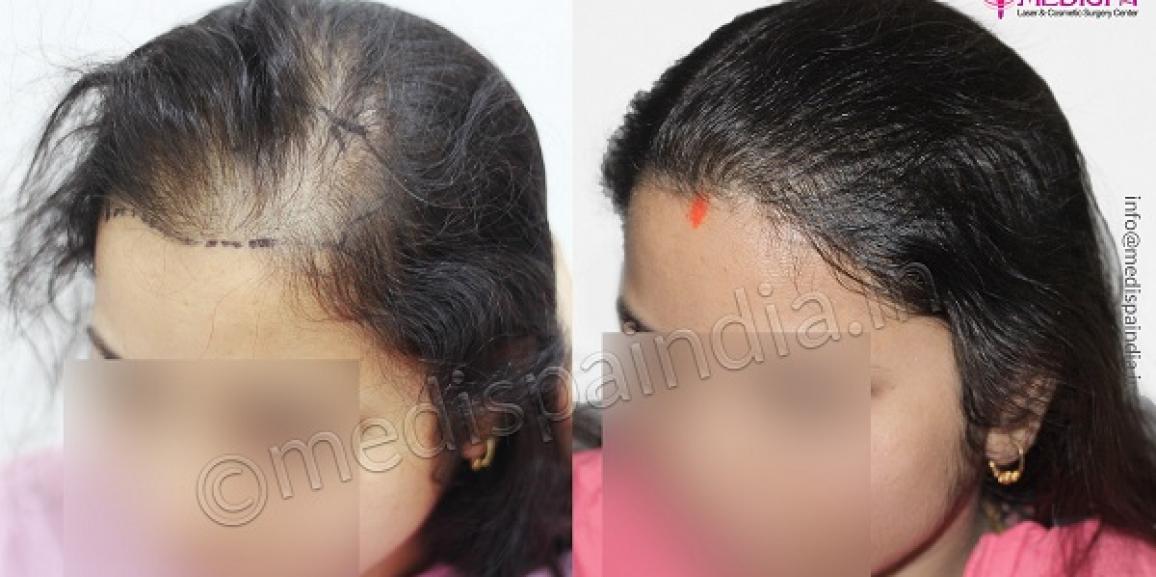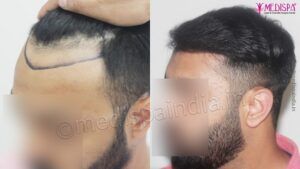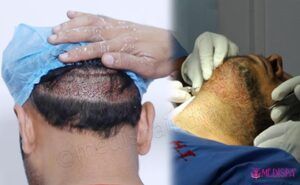
Because personality and appearance are still valued in today’s culture when making personal or professional decisions, female hair loss would be more challenging than male hair loss.
Women now stand on an equal footing with men in every way thanks to changes brought about by women’s empowerment. Because of changes in lifestyle, particularly in the environment, the prevalence of hair loss in women has dramatically increased. Although the underlying causes are still present, the prevalence of hair loss in women has increased in the modern era due to other factors. There are now a wide range of options for treating illnesses as a result of the dramatic advancements in science that have occurred in the field of health.
Significant changes have also occurred in the cosmetic industry, which has increased demand for these procedures. The cosmetic industry was once only welcomed by high-profile patients and celebrities, but it is now becoming more and more well-liked by the general public as a result of increased aesthetic awareness and the affordability of these procedures due to market saturation today.
The most effective method of baldness therapy for treating hair loss is “hair transplant,” which is a restorative procedure.
Let’s check out how well the hair restoration method treats female hereditary pattern baldness.
Hair loss in females
When compared to men, women exhibit a distinctive pattern of baldness. In females, hair loss begins as central thinning that widens the partition but does not always result in bald patches. Depending on the cause of the hair loss, the baldness may be either temporary or permanent. The causes of hair loss in females can include genetic dysfunction, hormonal imbalance, systemic disease, trauma, or medication use. Increasing pollution, stressful lifestyles, altered lifestyles, and routine use of chemical or heated styling tools on the hair are additional factors contributing to a faster rate of hair loss progression.
Consider visiting a doctor.
Of course you should!
It is time to see a doctor if your hair loss exceeds 100 counts per day or if you are finding hair everywhere, including on your pillows, in the sink while bathing, or in your comb while brushing.
Are you unsure of the best course of action for your hair loss issue?
Please give us the opportunity to find you a personalized treatment plan for your hair loss issue. Visit a Medispa hair transplant clinic in Delhi or Jaipur for an all-encompassing solution to hair loss.
What causes female hair loss, and why?
Although there are numerous causes of hair loss in women, hair transplantation remains the best treatment option. Hormonal imbalance, genetic hair loss, systemic diseases, trauma, medication use, etc. are the most typical causes of hair loss in women. Depending on the cause, hair loss may be either temporary or permanent.
If the hair loss is only temporary, there is no need for treatment because a healthy diet will cause the hair growth to resume on its own. However, if you experience permanent hair loss, you must seek medical attention. The best treatment option for permanent hair loss to date is hair transplantation.
Hair transplant procedure
A minimally invasive surgical procedure known as a hair transplant involves the precise removal of hair roots from the back and sides of the head or from other carefully chosen areas of your body, followed by their transplantation to the desired bald area. Only healthy and durable hair roots that promote lifelong hair growth are used in the procedure. If possible, the hair transplant procedure produces high density hair growth with results that look natural.
The regions from which the permanent hair roots are extracted are referred to as the donor areas. The sides and back of the head, the chest, the axilla, the beard, etc. are common donor areas. To cover the anticipated bald spot, the donor area should contain an adequate number of hair roots.
The doctor examines the entire bald area and goes over what to expect from the procedure with you. You can choose whether or not to undergo the procedure based on the anticipated results.
Is hair transplantation a viable treatment option for women?
Do you also believe that men can only get hair transplants?
The idea that females cannot undergo hair transplantation has persisted for years. Ideally, male recipients of hair transplants also experience success.
When it comes to female hair transplant, the no-shave method—which involves making tiny incisions at the transplantation site—is typically more acceptable. As there is a higher chance of damaging the nearby existing hair, great care is taken when transplanting the hair roots in these tiny slits. Therefore, for a successful procedure and the lowest possible rate of damage, a skilled and experienced surgeon is a necessity.
In terms of efficiency, a hair transplant is a very effective procedure when carried out by qualified personnel using the proper methods. The results of this procedure are very good hair growth and a hairline that looks completely natural.
The only procedure that produces permanent results is hair transplantation because permanent hair roots are used in this procedure. As a cherry on top, the procedure is completely painless, so women need not worry about any discomfort throughout the entire process. The day after your hair transplant, you can return to your regular job.
Medispa hair transplant clinic has treated thousands of female patients and is a pioneer in the field of female hair transplantation.
So why are you still waiting?
Visit the Medispa Hair Transplant Clinic right away for a spellbinding experience for hair transplant in India.





